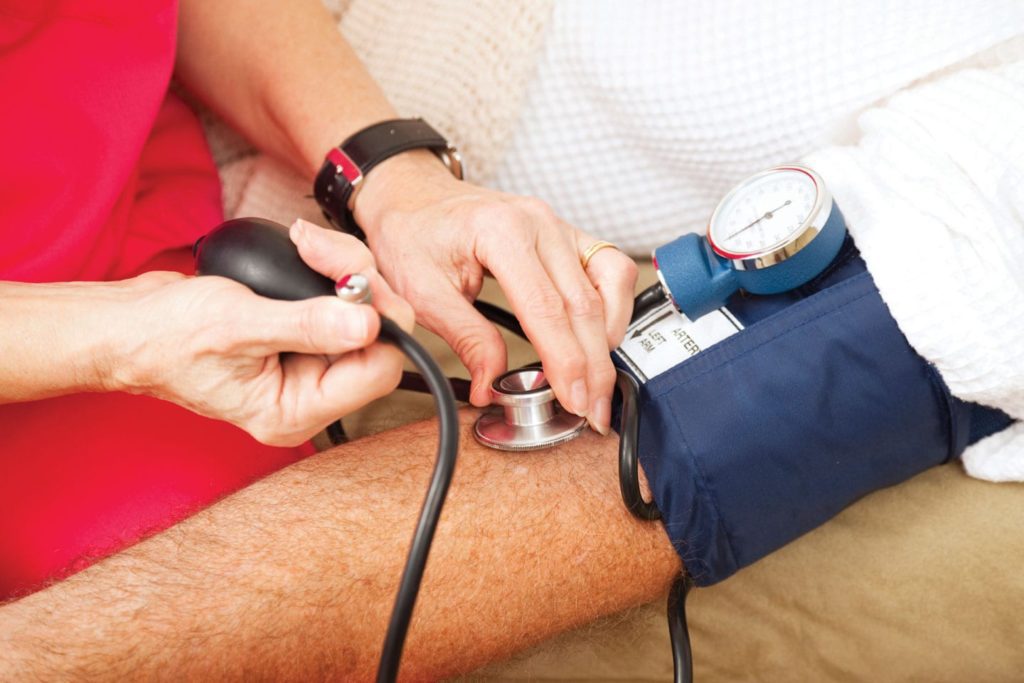The Role of Cholesterol & Blood Pressure Screenings
Cholesterol and blood pressure screenings can help people know their risk level for heart disease. Cholesterol is a waxy, fat-like substance that’s found in all cells of the body. High cholesterol can lead to atherosclerosis, or the buildup of plaque in the arteries, which can cause heart attack or stroke. Blood pressure is the force of blood pushing against the walls of the arteries as the heart pumps blood. High blood pressure can damage arteries and also contribute to atherosclerosis. Monitoring blood pressure and cholesterol is important because high cholesterol and high blood pressure do not have noticeable symptoms. So know your numbers!

Cholesterol
According to the Mayo Clinic, all adults age 20 and older should have a cholesterol test once every five years. A complete cholesterol test, referred to as a lipid panel or lipid profile, includes the measurement of four types of fats (lipids) in your blood.
Total Cholesterol: A total cholesterol level of 200 mg/dL to 239 mg/dL is considered borderline high; 240 mg/dL and above is high.
Low-density Lipoprotein (LDL) Cholesterol: LDL can be called “lousy” cholesterol. The National Heart, Lung and Blood Institute identifies 100 mg/dL as an optimal LDL level. An LDL level of 130 to 159 mg/dL is considered borderline high; 160 mg/ dL and above is high to very high.
High-Density Lipoprotein (HDL) Cholesterol: HDL is often called “good” cholesterol. The higher your HDL cholesterol, the better, because it helps protect against heart disease. An HDL level of less than 40 mg/ dL for men and 50 mg/dL for women is low; 60 mg/dL and above is considered optimal.
Triglycerides: A good triglycerides reading is less than 150 mg/dL. For people with known heart disease, the cholesterol level targets are more stringent. Ask your doctor what they are.
Blood Pressure
According to the American Heart Association, healthy individuals should have a blood pressure screening once every two years starting at age 20. Blood pressure is typically recorded as two numbers. The top number is the systolic reading, which measures the pressure in the arteries when the heart muscle contracts. The bottom number is the diastolic reading, which measures the pressure in the arteries between heartbeats.
The following outlines four blood pressure categories:
- Normal: Systolic reading less than 120 mm Hg and diastolic reading less than 80 mm Hg
- Prehypertension: Systolic reading 120-139 mm Hg or diastolic reading 80-89 mm Hg
- Stage 1 Hypertension: Systolic reading 140-159 mm Hg or diastolic reading 90-99 mm Hg
- Stage 2 Hypertension: Systolic reading 160 mm Hg or higher or diastolic reading 100 mm Hg or higher




